With no connection to the outdoors and a rabbit warren of disconnected rooms, this Wellington villa was in dire need of a change. See how Architect Mary Daish updated the space without compromising its character
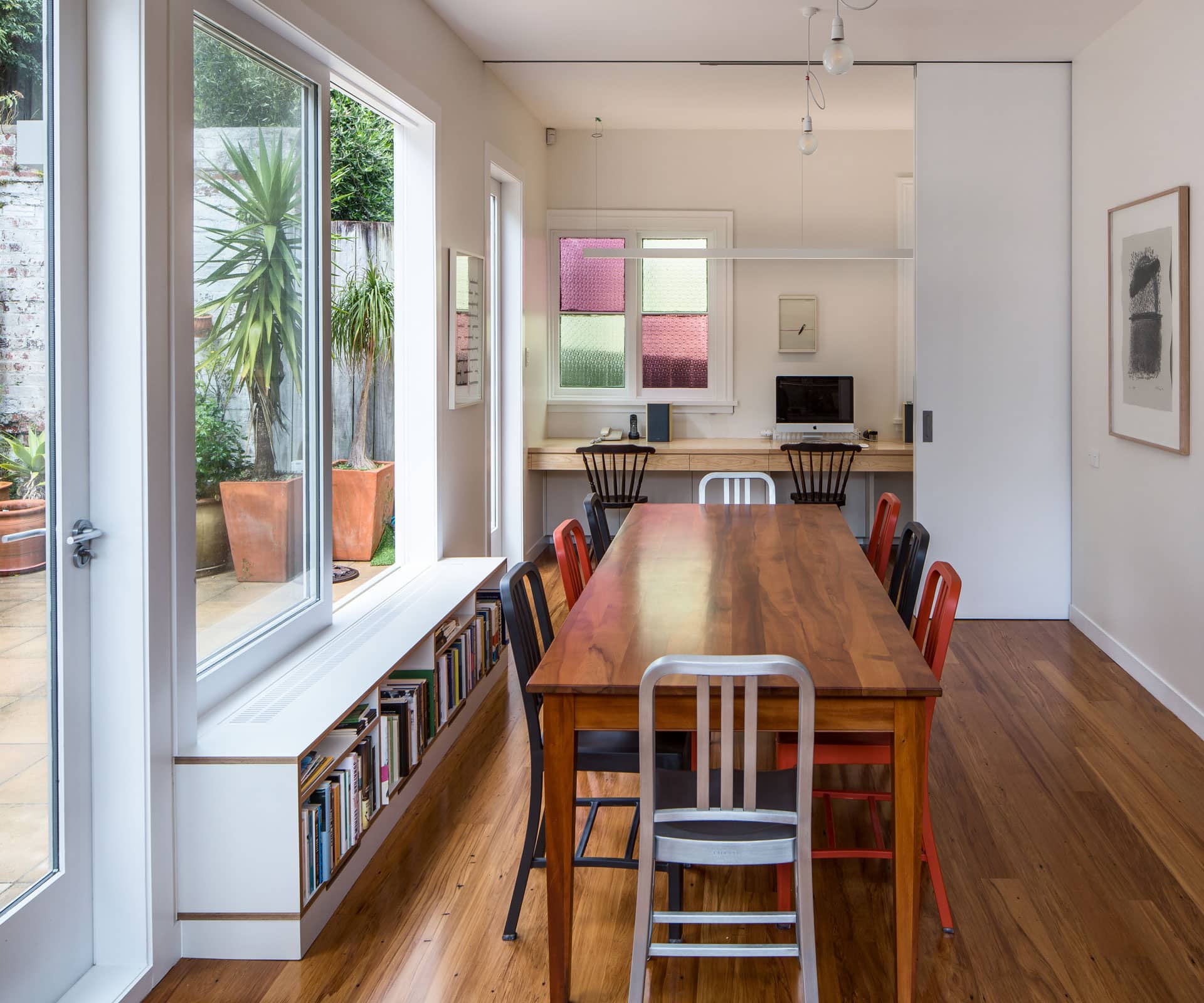
This Wellington villa is the perfect example of a respectful renovation
Project: Villa renovation
Architect: Mary Daish
Location: Mt Victoria, Wellington
Brief: Create a cohesive kitchen-dining space with an outdoor connection.
It was a familiar conundrum: when the owners of this Mount Victoria villa walked down their hall, they encountered a cupboard, followed by a rabbit warren of small service rooms. When they got there, there was no connection to a sheltered little courtyard at the back of the house. “The relationship between inside and outside was pretty bleak,” says Mary Daish. “Well, there really was no relationship.”
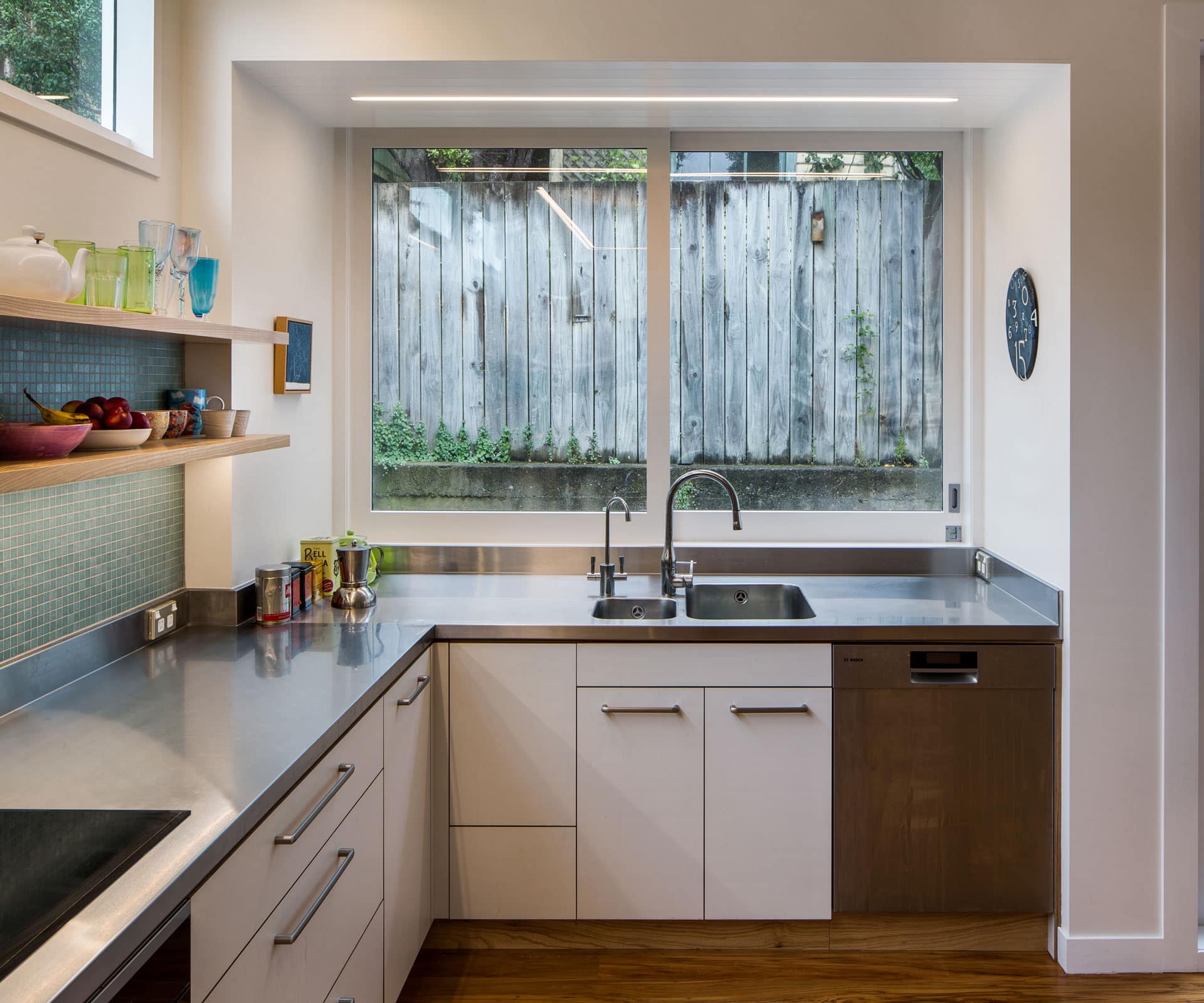
After living in the house for a decade, the owners called in Daish – known for her sensitive insertions into old timber houses around Wellington – to open the space up to a courtyard with a new kitchen and dining area, and create an area for one of the owners to write. The tricky bit: with the house up to its maximum site coverage, it all had to happen within the same footprint.
Daish’s plan turned the series of small rooms into one big open kitchen-dining-study space where there was once a kitchen, bathroom and laundry, and connected it to the rest of the house with a full-height glass pivot door. She moved the bathroom and laundry into a small bedroom off the hall. Thanks to plenty of white-painted timber windows, the area is open and glassy – but not slavishly so.
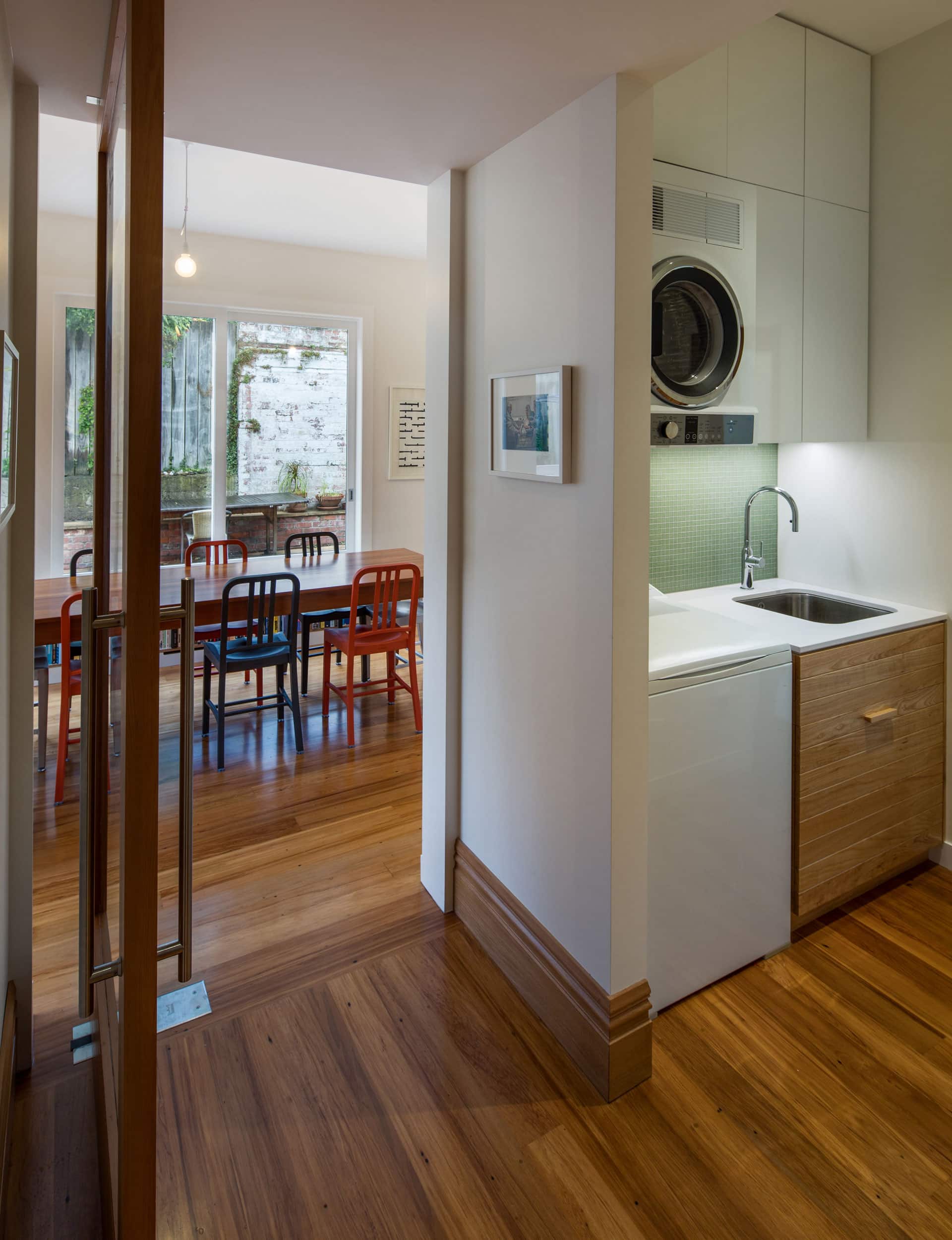
“It would be really easy to assume we should just open up the back wall and make it one open space where the walls dissolve,” she says. “But in Wellington, that’s often not the case – there’s a breeze, or it gets too chilly. You do want a bit of distinction between inside and outside.”
Daish has created zones within the open-plan space, each with its own qualities. The kitchen has a window above the sink; the dining room features a large, low-sill window with storage for books below; and the study – which can be hidden away by tall sliding doors – has its own access out to the courtyard. “It’s not just one big floppy kitchen-dining space – you can break it down and each space has its own character.”
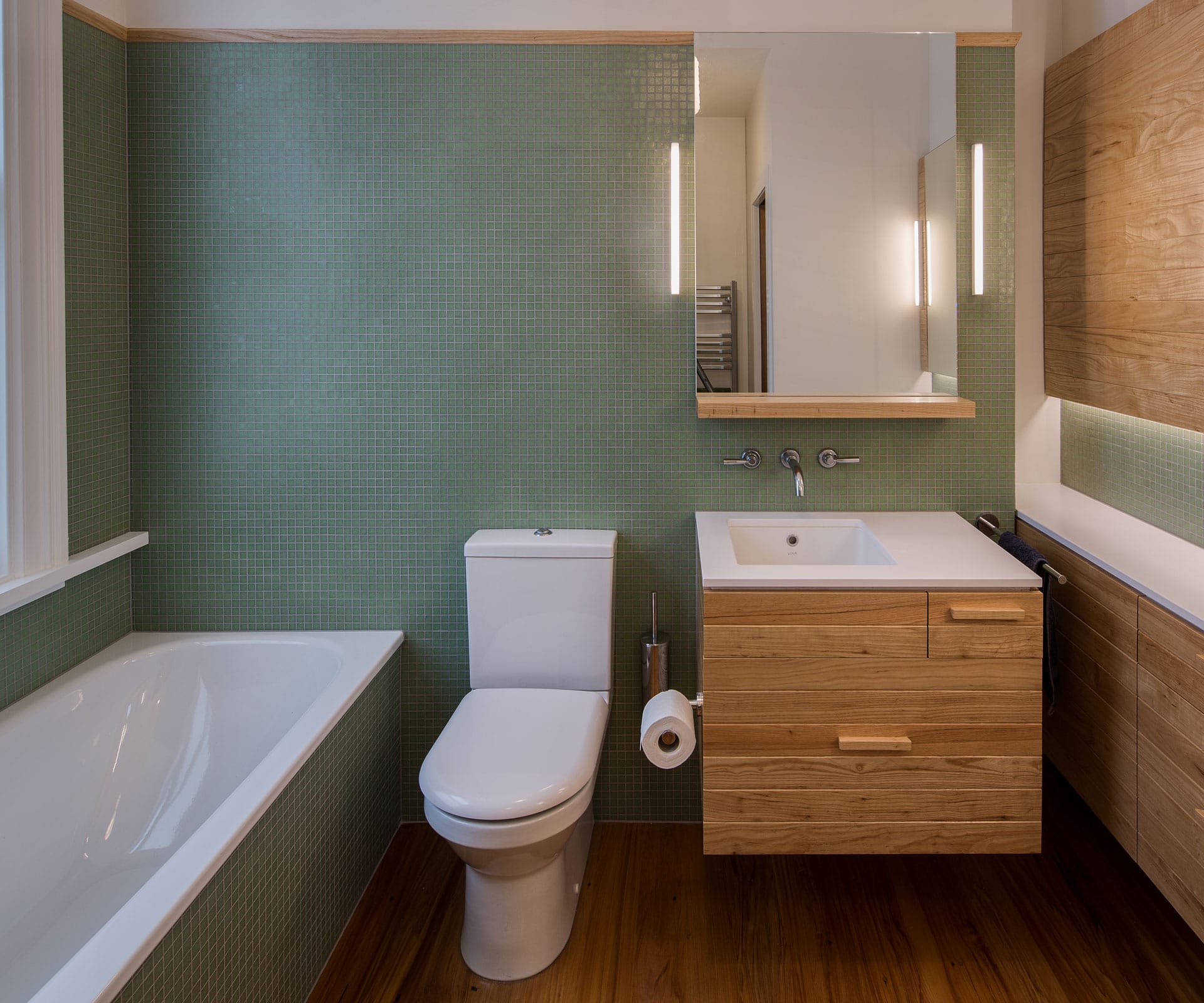
Built in 1900, the house was ‘bungalow-ed’ in the 1920s and had undergone various interventions since, most of them unsympathetic. “I didn’t want it to feel like some sort of faux renovation – a villa would never have opened into a courtyard like this,” she says. At the same time, notes Daish, residential work is often afraid of being ‘pretty’. “It’s proportions and measurements that I tend to be respectful of – you take clues from the existing and thread them through to the new.” The result is a renovation where the past and present have found a happy medium.
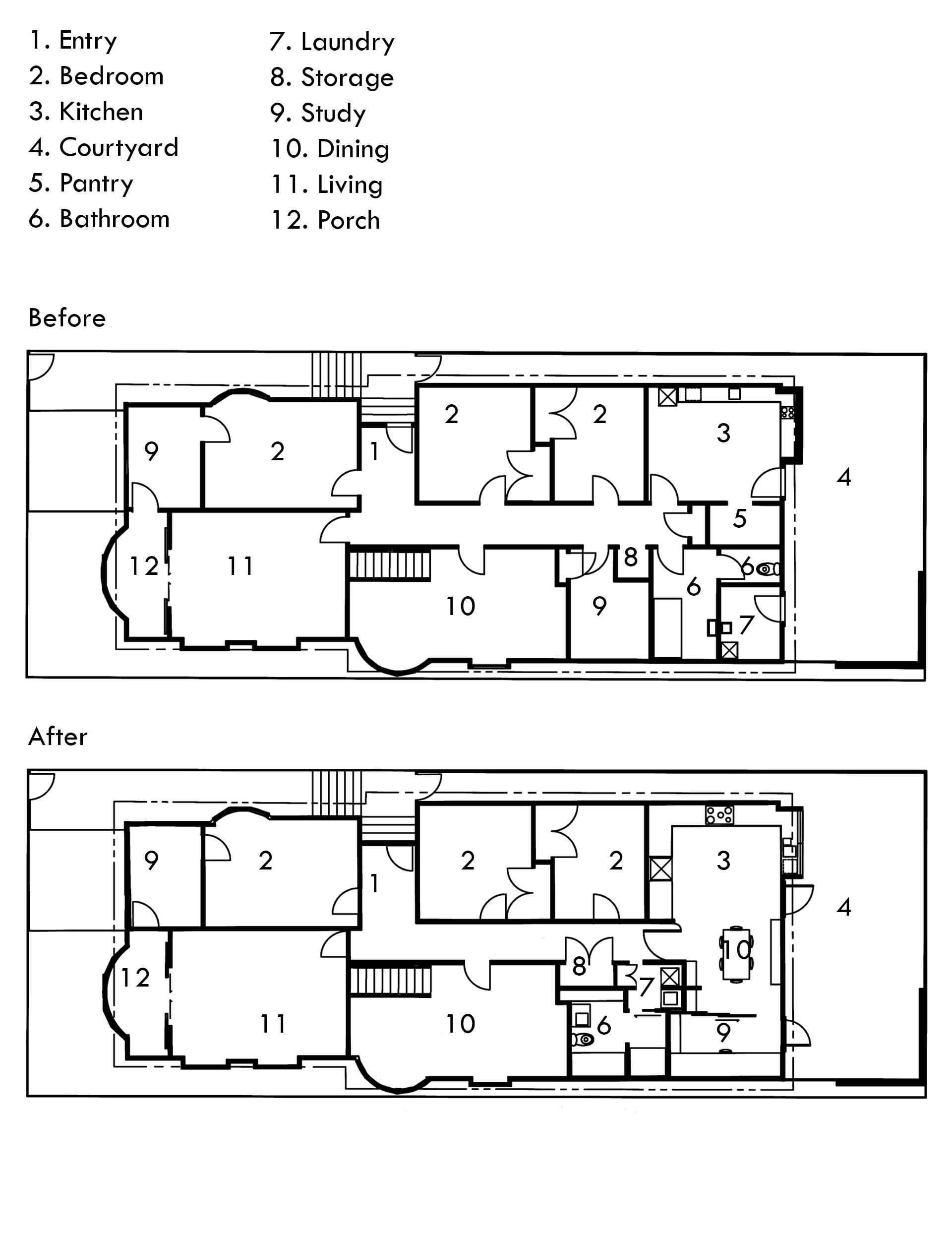
Words by: Simon Farrell-Green. Photography by: Paul McCredie.
[related_articles post1=”72872″ post2=”71071″]




